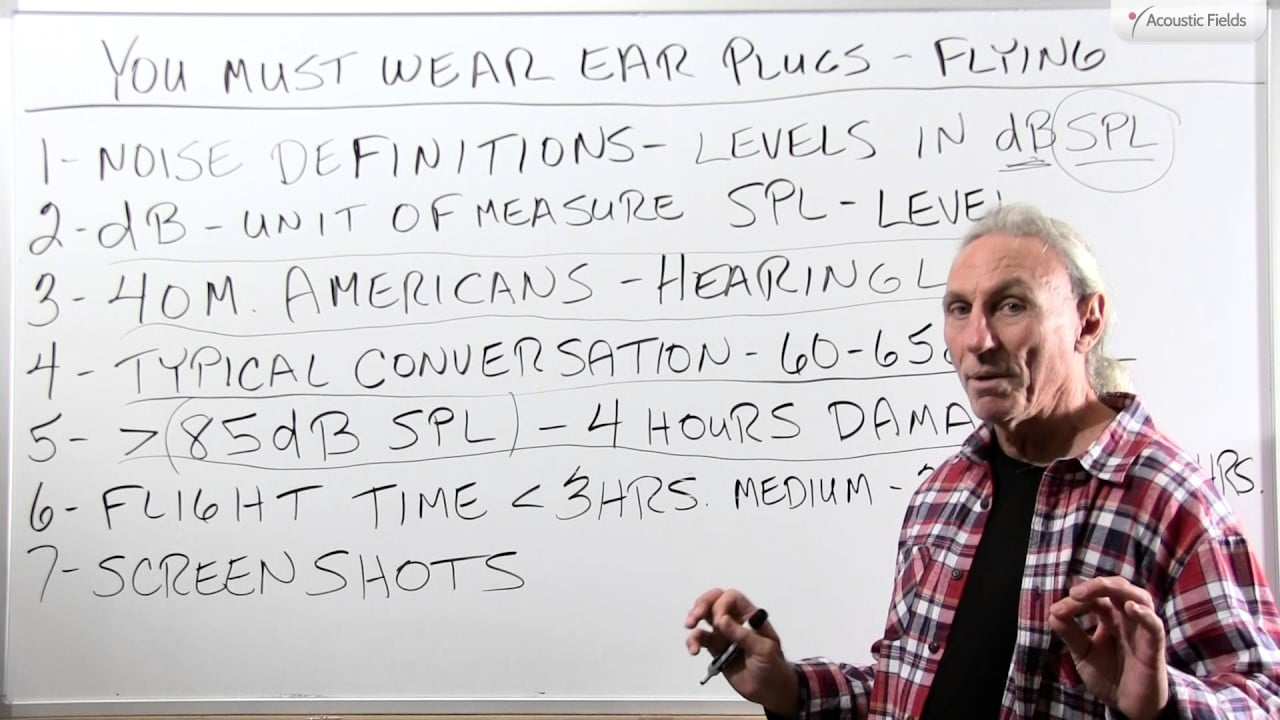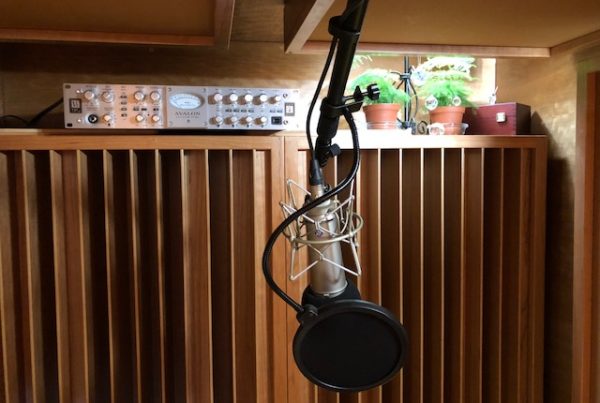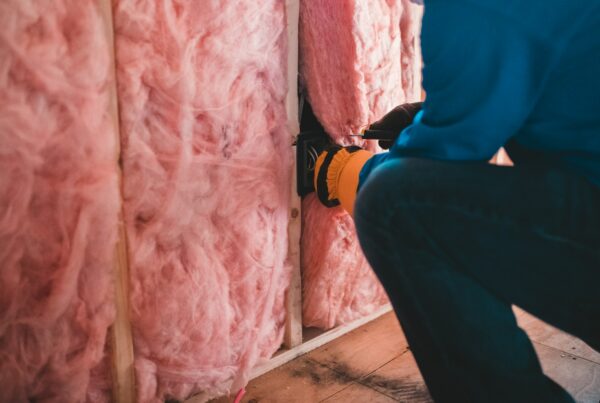I’ve been doing a lot of flying, projects in India, London, all across the United States naturally I have my phone and I have apps in the phone, we have an RTA app, we have a dB meter, decibel meter app and I’m going to get Brian to put those up for you in this video. So I’ve been measuring on takeoff and reaching a cruise altitude and then on the descent on landing and I’ve been coming up with some startling numbers, let’s talk a little bit about it. Noise definitions, we’re going to measure noise in dB, decibels, it’s a unit of measure.
Let’s don’t go any farther than that for this video, let’s just all agree to disagree that that that’s the level we’re going to use and then sound pressure level is just that, a level of sound pressure measured in decibels and you always want to express it in dB SPL that’s the technical way to do it. So dB is the unit of measure and the SPL is the level of those units, so how many of those units to a point. We have to realize too that 40 million Americans suffer from a hearing loss of some type, even after age 50 you’re going to start to lose hearing. I did a test the other day on my hearing level and I’m still good to up to 12,500 which is really rare for a male over 50 years old, usually anything above 8,000 goes away when you’re 50 but I still seem to have that 12 5 digit range still which is good, especially in my business. So the bottom line here is, hearing loss is a big issue so let’s get some reference and some standards, some base points to work with.
So average typical conversation that we’re doing right now in this video production is 60 to 65 dB SPL and if we have energy that’s greater than 85 dB SPL for over four hours we can have damage so we have to be really really careful. This is why I don’t like headphones, you can get to that level very quickly with headphones because there’s simply nowhere for the energy to go, it’s trapped and it must go into your ear canal so you can get those pressure levels very quickly so I never use headphones, I never use ear plug and I don’t advise anybody to use them except at extremely low levels because the pressure really builds up quick because your ear canal is only about two inches long so you know you have to be really careful putting that much full range energy into your ear canal. So what do we do when we fly, we have flight times you know short flights, two to three hours, medium, three to six hours and then we have the long flight six to twelve. I flew to Burma two months ago; it was 23 hours so you can imagine if you’re subjected to this noise level on these airplanes that long.
\Now I took some screenshots of some pressure levels on the plane you can see in some cases we are reaching levels of 108 to 110 dB SPL. This is mainly a takeoff when the engines are fully powered, everything’s shaking and rattling and this is mainly on takeoff. Now during flight they stay constant between 90 and 93 and here’s the thing about the energy, it is full range it’s not just a certain frequency response but it’s full range energy so if we know that 85 dB is a good benchmark and we don’t want to subject ourselves to those kind of pressure levels for very long and we’re running at a 108 to 110 dB in some cases for long periods of I’m and that the average pressure level is 90 to 93 and you can see the screenshots to show that then you know you must wear earplugs. And a lot of people do, I see a lot of people wearing them and I’m wearing them now myself so keep that in mind and protect yourself because you don’t want to become one of the 40 million Americans that suffer from hearing loss.
—
This is an unedited transcript from our video series from Acoustic Fields. There will be some errors in grammar and sentence structure that occur during this translation process.
For complete understanding and comprehension, please view the video which is included in this text. For any additional information regarding this topic or others relating to room acoustics, please contact us directly at:
P: 520 – 392 – 9486







